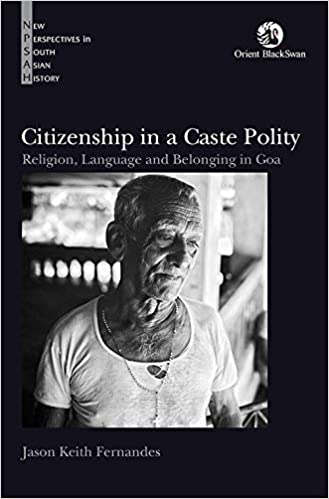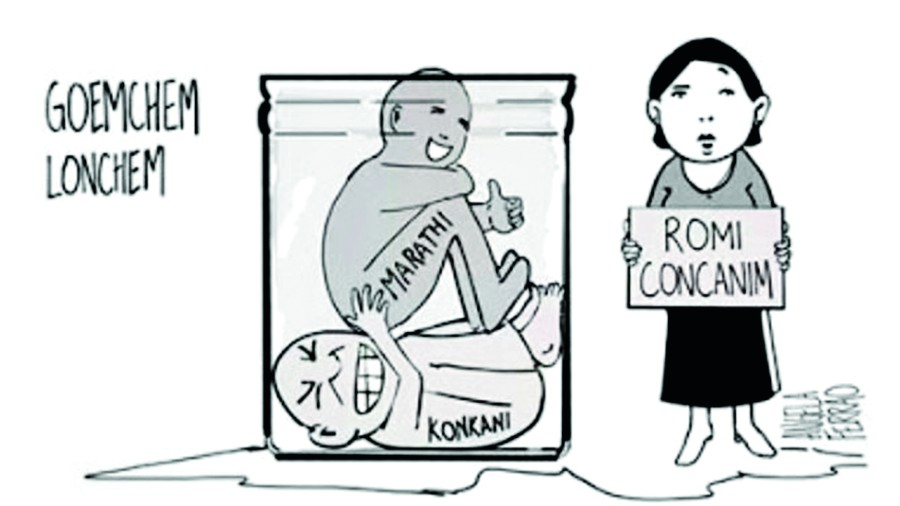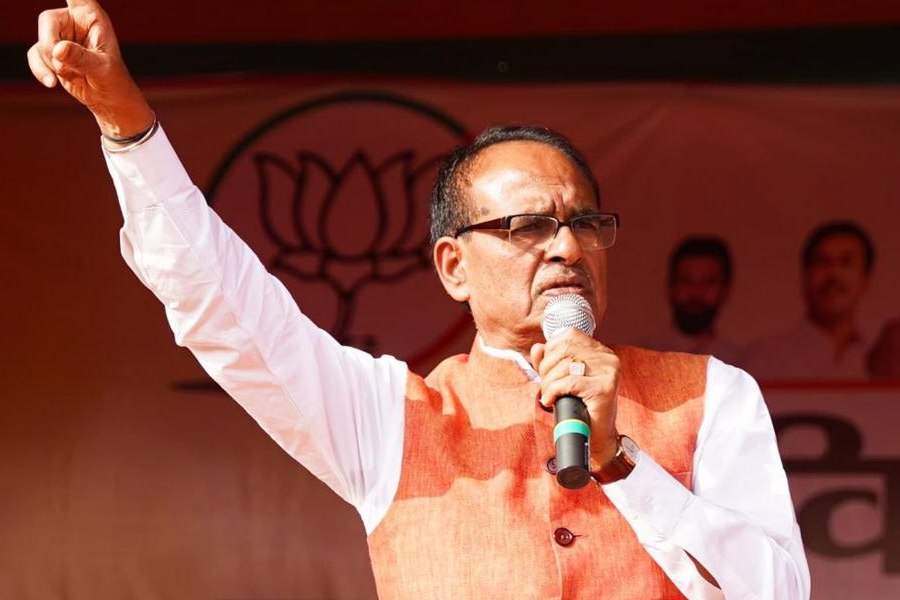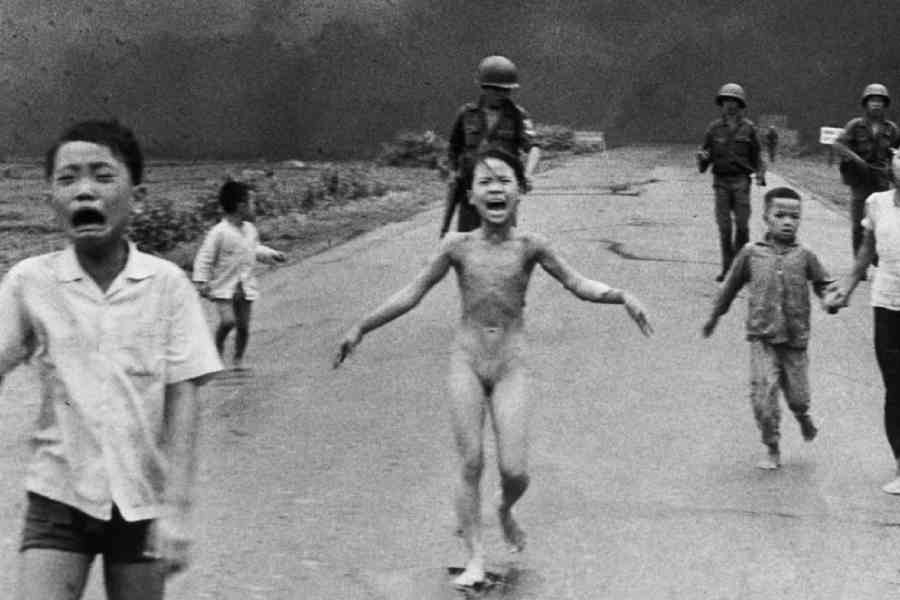Book: Citizenship in a Caste Polity: Religion, Language and Belonging in Goa
Author: Jason Keith Fernandes
Publisher, Price: Orient BlackSwan, Rs 975
One Language, Two Scripts (1994) by Christopher R. King told us of the fraught experiences of language speakers in North India and their struggle to hold on to a script that they were familiar with and which, eventually, snowballed into the most explosive form of identity politics that the Indian subcontinent experienced in the 20th century. That such contestations over script and language use were by no means confined to the Muslim minority and that such articulations affected a range of marginal groups and speakers is Jason K. Fernandes’s initial point of entry into language and script politics in the tiny state of Goa. A latecomer to the Indian Union, a robust participant in a dynamic diaspora space that operated within the Portuguese Estado straddling the continents of Asia, Africa and Europe, with its unique burden of post-colonial aspirations and anxieties, Goan society was witness to a virulent and ongoing form of script and language nationalism, but one that rarely finds place in scholarship. The politics around script and language affirmations, according to Fernandes, constituted a form of citizenship practice to craft a self-image, seek membership in an emerging civil society and, equally, to take recourse to political society by those who were excluded and assigned to the sidelines.
The book is not an easy read as it braids a complex narrative replete with ethnographic details and a dense conceptual framework. Mostly, it draws on Partha Chatterjee’s Political Society model to illustrate the operations of those who do not enjoy the same privileged relationship with law, whose experience of and access to modernity did not enjoy the same legitimacy, and who, by default, had to craft their own version of rights and claims. The demand for a Romi script in place of the Nagri was one such manifestation. Fernandes takes us through the tortuous negotiations of the struggle as he explores both the fashioning of an upper-caste Catholic and Brahmanical self, of a model citizen-subject (the Konkani munis) wherein language (Konkani) and script (Nagri) played a central part. The situation was complicated when the project ran into the competing claims of bahujan groups that had little sympathy for upper-caste Saraswats and who seemed to consider merger with Maharashtra. Eventually, Goa in an opinion poll (1967) remained independent and secured recognition of the Konkani language but not an endorsement of the Romi script, thus betraying a sizeable section of the population, especially the upwardly mobile subaltern groups.

Citizenship in a Caste Polity: Religion, Language and Belonging in Goa by Jason Keith Fernandes, Orient BlackSwan at Rs 975 Amazon
This is arguably an important story and needed to be told and the author does it with painstaking ethnography and theorization. I was especially struck by the chapters on the modern political and public history of Konkani and the fashioning of the idealized citizen-subject, the Konkani munis, where the author tracks the parallel histories of an emerging civil society around Konkani and conceptions of modernity that had to jettison an earlier ease with notions of hybridity to choose a more singular identity that inevitably turned to caste ranks. For many Catholic elites, who traditionally would have used Portuguese as their language of communication, it was important to Sanskritize Konkani and claim for it an older and Brahmanical heritage. That such an act would negate the lived experience of lower caste Catholics who had found their identity around a language and script used in the congregational spaces did not seem to matter. The point is well made but perhaps stated with more emphasis than necessary. For instance, to dismiss the work of scholars like Gerson da Cunha as a gentleman scholar whose contributions to Indology are set aside seems to be a distortion born out of retrospective reading. Also, it might have been useful to explore in greater depth the continued ambiguity of the Goan Catholic elite located in the memory of two empires and of two imaginaries, just as it may be useful to remain attentive to the contingent nature of all identity politics. What now, one may ask, of mobile identities floating in and out of new diasporic spaces in the aftermath of the disastrous pandemic when jobs overseas may no longer remain and when by default a new kind of reliance on State structures may have to be considered?
The most significant feature of the book remains in its ethnographic dimensions. While the scholar is clearly au fait with the theoretical literature on citizenship practices and power, the presentation of the same remains far too dense and occasionally camouflages more than it reveals. This is especially so in the chapter on everyday practices of humiliation and shame that lower caste groups among Roman Catholics undergo and how they turn to their Romani script for dignity. How this ensured dignity is not something the author clarifies — indeed while one can understand the sensory attachment to language as it is spoken, just how does one uncover the signifiers of a script? What new orthographic practices were initiated over time and to what effect? Religion, despite its inclusion in the subtitle of the book, remains largely absent. We have fascinating accounts of important Church leaders and fathers in the project but these do not add up to a sense of experience or practice. However, none of these omissions detracts from the significance of the book and the compelling arguments it makes for subalternity and its insertions into political society.











